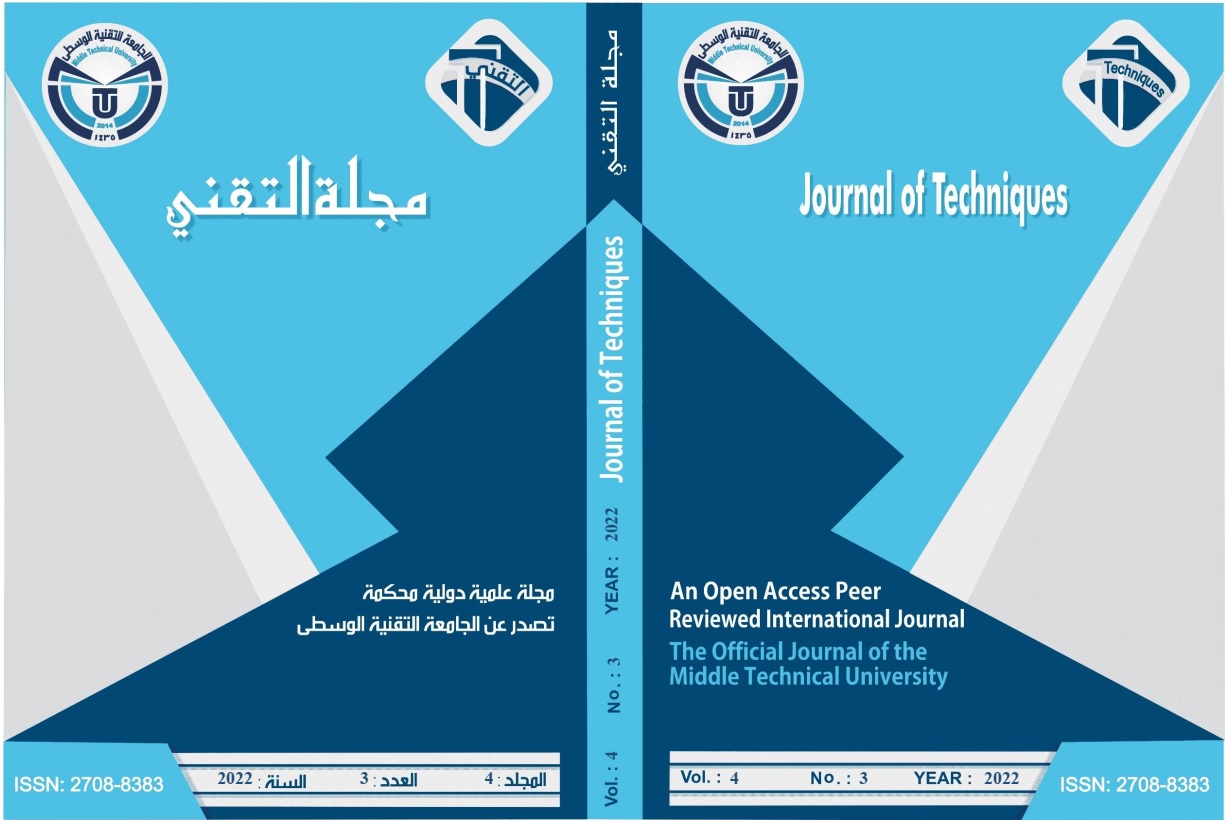The Effects of Polishing Techniques on Surface Roughness of De-flex Denture Base
DOI:
https://doi.org/10.51173/jt.v4i3.610Keywords:
De-flex, Surface Roughness, Denture Glaze, Finishing, PolishingAbstract
Background: Materials are being developed to meet the needs of patients, such as flexible injectable thermoplastic resins that improve the esthetics of patients wearing removable partial dentures.
Aim: To compare the surface roughness of thermoplastic resin materials before and after polishing with different surface treatments.
Materials and methods: A total of 40 circle specimens of De-flex thermoplastic resin with dimensions (30 mm X 2 mm) were divided into four groups according to the surface’s polishing treatment. Each group of material has (10) specimens, the first group was polished with pumice, the second group was polished with pumice and then glazed, the third group was polished with investment (Phosphate bonded investments) and then glaze, and the fourth group was glazed. A digital surface roughness tester meter (TR: 220) device was used to indicate the values of the roughness of specimens before and after surface polishing treatment.
Results: The result of surface roughness using t-test analysis revealed that a significant difference was reported among all the study groups (P < 0.05), the highest mean values were achieved in the group treated by Glaze only (2.6800 0.8439 µm), while the lowest mean values were obtained in the group treated pumice control group (2.4266± 0.5532µm).
Conclusion: It was concluded that surface roughness was decreased in the control group of De-flex material when polished with pumice, while it was increased in the experimental groups after polished with Glaze material. The polishing material (Light Cure Glaze) is significantly rougher than pumice and burning investment materials.
Downloads
References
Fueki K, Ohkubo C, Yatabe M, Arakawa I, Arita M, Ino S. Clinical application of removable partial dentures using thermoplastic resin-part I: definition and indication of non-metal clasp dentures. J Prosthodont Res. 2014; Vol. 58(1),3-10.
Kaplan P. Flexible partial denture variations. The use of circumferential, combination, and continuous clasp designs. Dent Today. 2012; Vol. 31(10),138-41.
Tannamala PK, Pulagam M, Pottem SR, Karnam S. Flexible resins in the rehabilitation of maxillectomy patient. Indian J Dent Res. Vol. 2012;23(1),97-100.
Sepulveda-Navarro WF, Arana-Correa BE, Borges CP, Jorge JH, Urban VM, Campanha NH. Color stability of resins and nylon as denture base material in beverages. J Prosthodont. 2011; Vol. 20(8),632-38.
Constantinescu IR, Ursache M, Mardarez D. Effect of pH on the surface roughness of heat cured denture base acrylic resins. Revista medico-chirurgicala a Societatii de Medici si Naturalisti din Iasi. 2007; (111), 477-481.
Rapone B, Pedone S, Carnevale A, Plantamura P, Scarano A, Demelio A, Demelio GP, Corsalini M. Profilometer Comparison of the Surface Roughness of Four Denture Base Resins: An In Vitro Study''. Journal. 2022; 1837 (12), 1-11.
Singh G, Agarwal A, Lahori M. Effect of cigarette smoke on the surface roughness of two different denture base materials. J Indian Prosthodont Soc. 2019;19:42-8.
Chi YH. Effect of silica filler on the mechanical properties of silicone maxillofacial prosthesis (dissertation). Indianapolis(MI): Indiana University School of Dentistry; 2014.
Singh K, Gupta N. Injection molding technique for fabrication of flexible prosthesis from flexible thermoplastic denture base materials. World J Dent. 2012; 3, 303-307.
Jaber MA. Evaluation the effect of burning investment and black sand materials on the surface roughness of acrylic resin denture base. Iraq National Journal of Nursing Specialties. 2012; Vol. 25(2), 62-70.
Ahmad AS. Evaluation and compare between the surface roughness of acrylic resin polished by pumice, white sand, and black sand. Journal of K erbala University. 2011; Vol. 9(1),49-54.
Sesma N, Laganá DV, Morimoto S, Gil C. Effect of Denture Surface Glazing on Denture Plaque Formation. Braz Dent J . 2005; Vol. 16(2), 129-134.
Alnamel HA, Mudhaffer M. The effect of Silicon di oxide Nano-Fillers reinforcement on some properties of heat cure polymethyl methacrylate denture base material. Journal of Baghdad college of dentistry. 2014; Vol. 26(1), 32-36.
Franklin P, Wood DJ, Bubb NL. Reinforcement of poly (methyl methacrylate) denture base with glass flake. Dent. Mater. 2005; 21:365-370.
Kuhar M, Funduk N. Effects of polishing techniques on the surface roughness of acrylic denture base resins. J Prosthet Dent. 2005;93: 76-85.
Pereira-Cenci T, Cury AADB, Crielaard W, ten-Cate JM. Development of candida-associated denture stomatitis: new insights. J Appl Oral Sci. 2008;16: 86-94.
Abuzar MA, Bellur S, Duong N, Kim BB, Lu P, Palfreyman N, Surendran D, Tran VT. Evaluating surface roughness of a polyamide denture base material in comparison with poly (methyl methacrylate). J Oral Sci. Dec. 2010;52(4):577-81.
Singh K, Gupta N. Injection Molding Technique for Fabrication of Flexible Prosthesis from Flexible Thermoplastic Denture base Materials. World Journal of Dentistry. 2012;3: 303-7.
AL-majeed AE. Evaluation of the effects of porcelanite, black sand, and pumice on some properties of acrylic resin. college of medical and health technology/master thesis submitted to the council of the college of health and medical A technologies as a partial fulfillment in the requirement of master thesis; 2006.
Phillips RW. Science of dental materials, Ninth edition. 1992; PP: 238-251.
Rashid AA. Effect of Optiglaze Coating on the Staphylococcus aurous and Porosity of Heat Cured Acrylic Material. Journal of Baghdad College of Dentistry. 2022; Vol. 34, No. 1, ISSN (P): 1817-1869, ISSN (E): 2311-5270. p7-16.

Downloads
Published
How to Cite
Issue
Section
License
Copyright (c) 2022 Ahmed Hazim Kassoob, Ihab Nafea Yaseen

This work is licensed under a Creative Commons Attribution 4.0 International License.
















